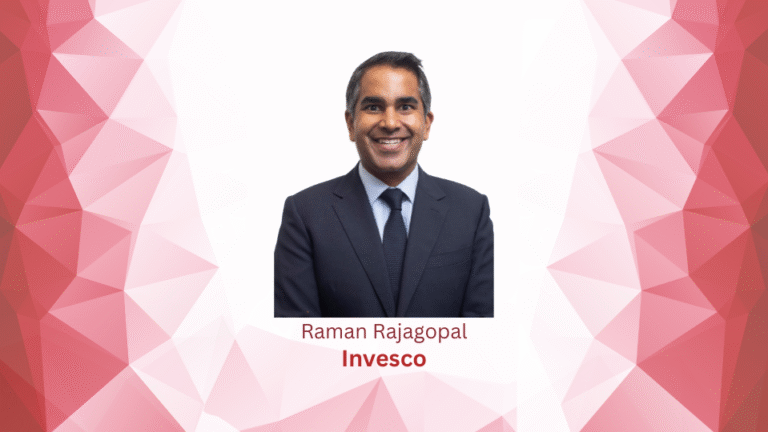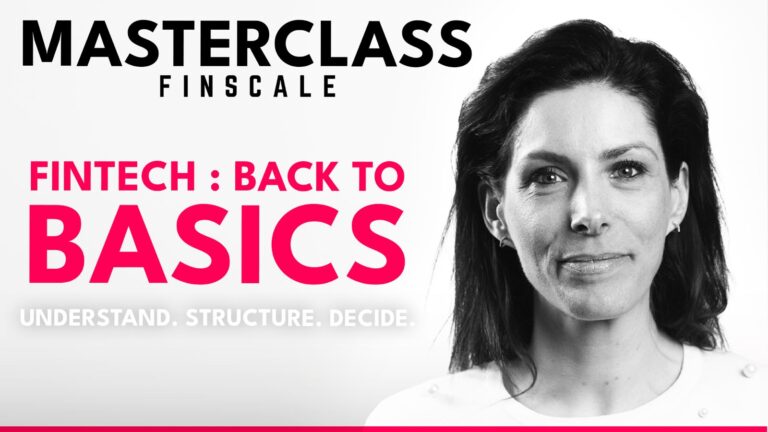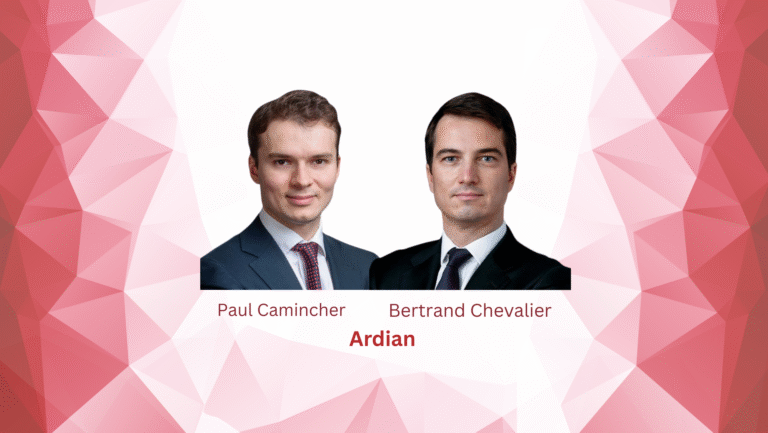Elin Ljung, Managing Director, Head of Communication & Sustainability at Nordic Capital
Interviewed by Emilie Huyghues Despointes, MV Credit and Vincent Lemaître, Tikehau Capital on 4th October 2023
Question 1: How do ESG ratchets fit into the overall ESG strategy of your investments? Do you systematically include ESG ratchets in the transactions?
Nordic Capital’s an ESG committed investor with clear objectives and requirements, in terms of:
- … backing companies with clear business models to solve the big global challenges and how to scale those solutions to have a positive contribution to the Sustainable Development Goals…
- …but also, to transform companies to become more sustainable during our ownership.
We always look for different ways to incentivize that change and make sure that the progress towards the joint mission is achieved. We see ESG ratchets as one tool to incentivize and drive that change.
We don’t integrate easily accomplished ESG ratchets in every financing that we make, but rather in cases where it’s beneficial for the company and creditors to improve financial terms and drive sustainable change.
This commitment can be materialized in specific shareholder agreements, clauses, KPIs, ESG-linked credit facilities on fund level, and in specific ESG ratchets for certain portfolio companies. We set clear requirements and monitor that progress regularly, making sure that financial and ESG performance align and form the basis for informed decision-making.
Question 2: Are these ratchets a trigger in the choice of the debt provider(s)? Do you work jointly with the debt provider in the determination of the KPI?
We seek to promote that dialogue between the creditors, owners, and portfolio companies to make sure that relevant KPIs also bring value to operations and businesses.
As Article 8 funds, it is key that our SFDR commitments and set SDG targets align with the discussions that we have with creditors, debt providers, and portfolio companies. The more a company’s ESG journey and financial performance go together, the better. Having that dialogue and joint vision for the company is naturally a competitive advantage.
Question 3: Did you participate in the selection of KPIs and targets? If yes, do you have dedicated partners/providers supporting you?
Nordic Capital has a clear integrated model, meaning the debt discussions are usually between the Capital Markets team and the deal team and ESG ratches is integrated in that dialogue.
With regards to ESG ratchets, the structure really depends on the case, the company’s ESG standards and capabilities, and the discussions that we have on both portfolio- and debt levels. At times, we are consulting parts of the team, and, on other occasions, we bring in support from experts.
1. We have an ESG ratchet for one of our genuinely green cases, which has high ESG standards and KPIs in place already. It’s fully integrated in the business evaluation plan. They wanted to set ESG ratchets on their financing and knew the kind of KPIs that are most important.
2. In another investment, to make sure that the sustainable transformation and growth targets aligned, we agreed together with the debt providers that this is done in a sustainable way by setting engaging, ambitious targets with other kinds of thresholds.
Question 4: Have you observed any differences in the terms and conditions of SLLs compared to traditional loans, and how do these differences impact your investment strategy and returns?
We had this company with a strong ESG focus, which at the time experienced financial difficulties because of sector downturns. In this case, it made sense for all parties to link ESG performance with debt terms – the creditors made sure that there was a future for the company, and the company got a favourable deal. This is an example of a company that got better loan terms, as traditional loans would have focused more on the company’s volatile financial history and performance rather than future performance.
Question 5: Do you anticipate that SLLs will become a more prominent financing tool in your future investments, and how do you see the landscape of sustainable finance evolving in the coming years
From speaking to industry peers, it seems like ESG ratchets will become more and more integrated, and that you will need to find a specific kind of platform or threshold. Some even question whether non-sustainable business models will be eligible for financing.
This trend is evident today already. About 57% of all funds in Europe are Article 8 or 9, which means that they’re taking 14 PAI indicators into consideration when making investments. The purpose of this is to foster more informed decision-making, and increase our understanding of the risks and opportunities, from an ESG perspective. I think the same will be applicable to debt.
You shouldn’t underestimate the incentives of implementing ESG ratchets on financing, meaning regular reminders of ESG scores and KPI performance, not least within PE.
I believe that we need to consider ratchets as part of a larger puzzle. We all want to see more investments in sustainability and be part of companies’ sustainable transformation in the coming decade. It’s one important tool out of many, and definitely one of great relevance to our industry.
Question 6: For how long will these SLL mechanisms exist? Their objective is to help companies transition but until when are we going to accept helping a company to transition? When should we consider that the company should already have transitioned? At some point, will we simply stop financing companies that have not transitioned yet?
I think we’re seeing it happening with the financial regulations that are being implemented, which are impacting and shaping ownership models and how PE can finance those transitions.
I believe PE, as an active ownership model, has a unique role here, to both scale impact solutions and transform companies to become more sustainable.
Conclusion:
PE can lead this transformation from two perspectives: backing sustainable business models and driving sustainable transitions. Doing this in partnership with different stakeholders, such as debt providers, can be a key instrument as part of that toolbox. The more dialogue you have between different stakeholders to align on the vision and sustainable future of that company, the better.




